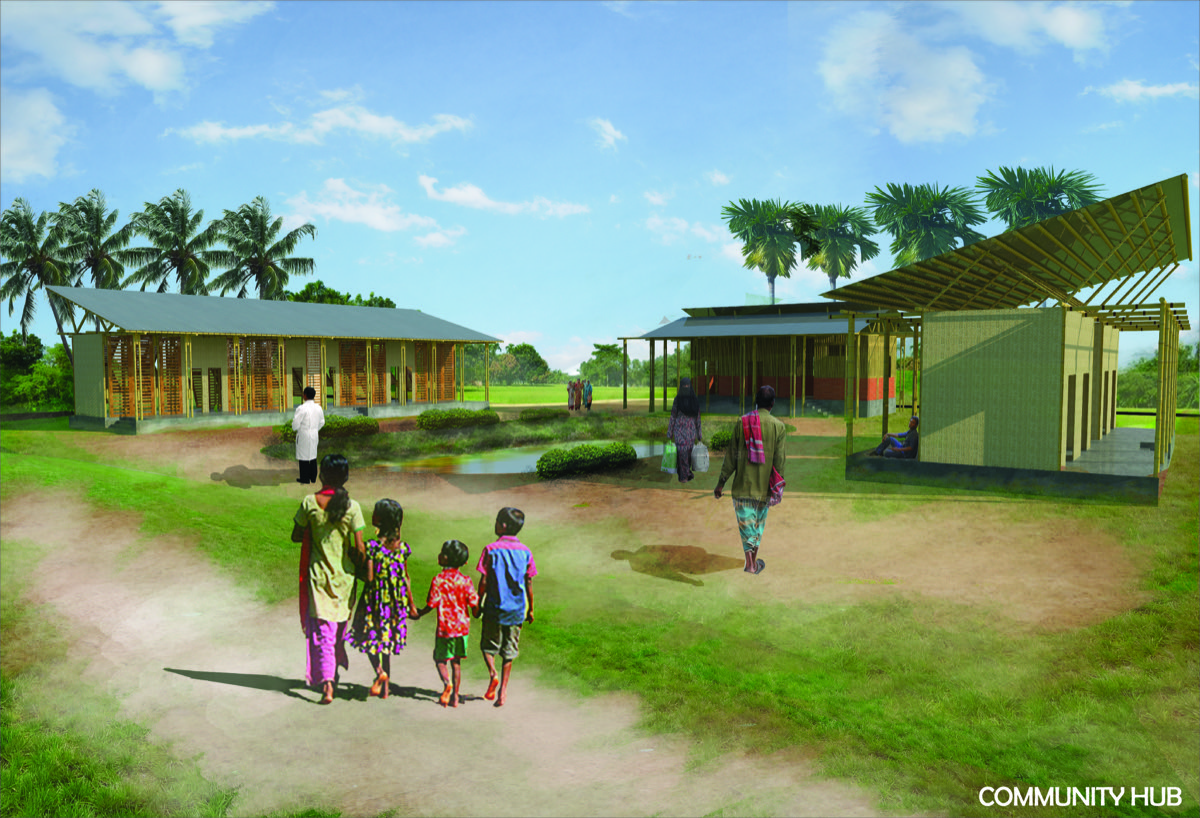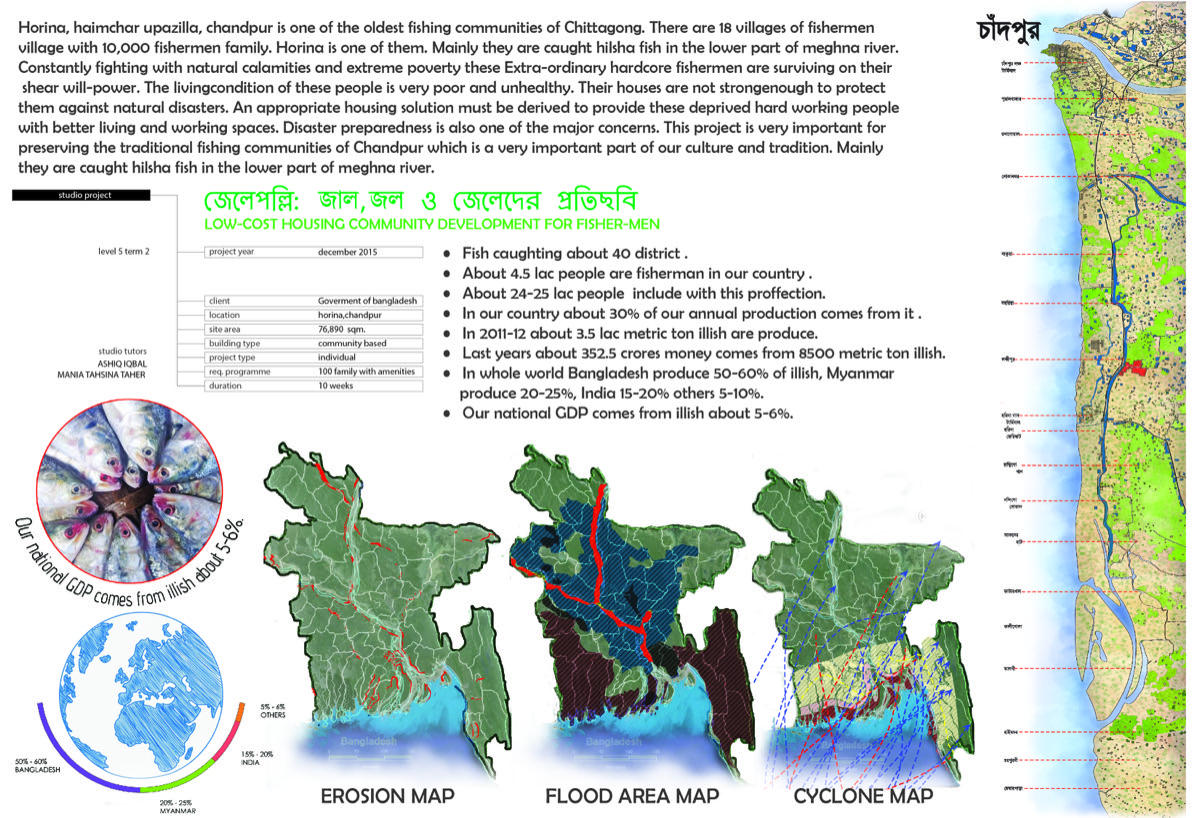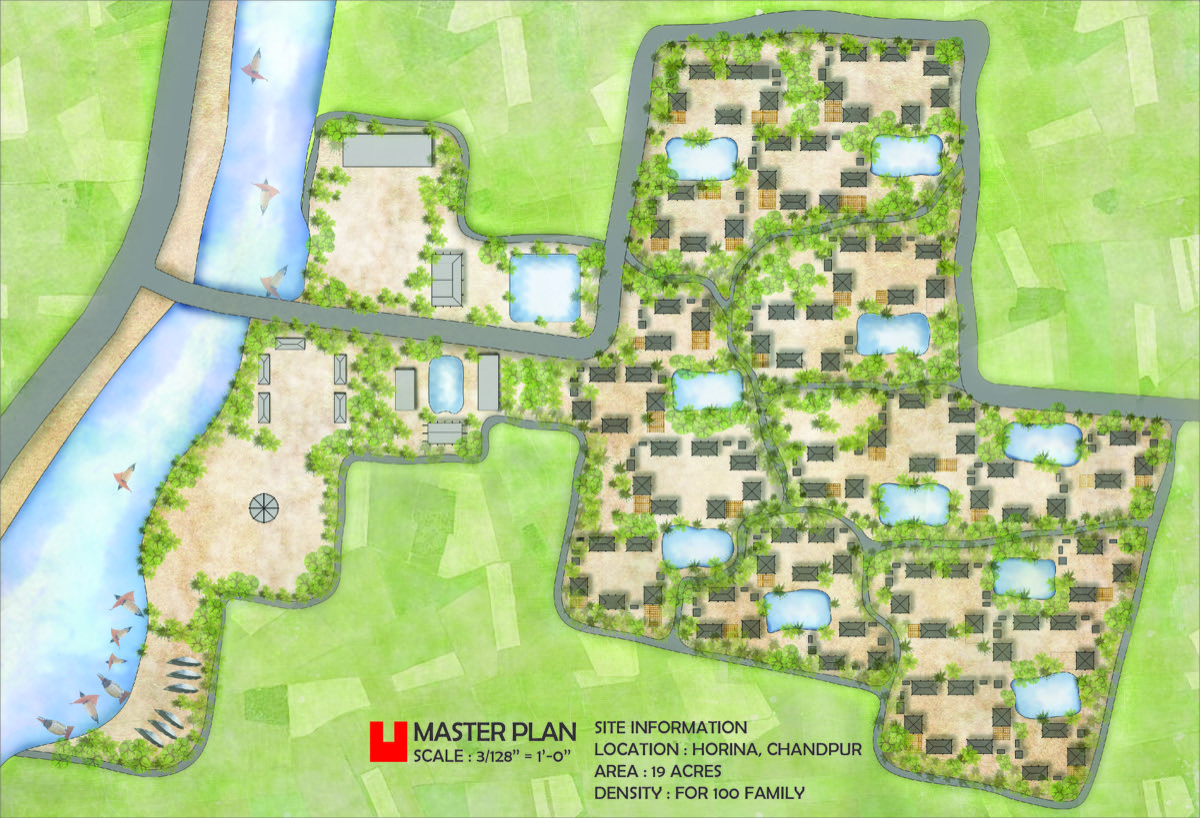Name: MD. NAFIUL ISLAM FARAZI (NIRJHOR)
Studio guide teacher: ASHIQ IQBAL, MANIA TAHSINA TAHER
School name: AMERICAN INTERNATIONAL UNIVERSITY ( AIUB )
Project time: January 2016
 ‘River is our life, river is our death’ – portrays of a glimpse, the common lifestyle of the fishermen community on besides of the riverbank of BANGLADESH. With the inception of a “Sustainable fishermen community development by the affected of riverbank erosion” the project seeks to confirm that the biggest community which is living their life by catching fish (mainly HILSHA fish) and stay over at the side of the river. In every year they are affected by the river erosion and lost their liv land. The purpose of this project is to provide that community a better solution and also giving them all kinds of facilities. In 40 districts about 0.45 million people are catching fish in Bangladesh and about 2.5 million people are included with this profession. In whole world Bangladesh produce 50-60% of illish so that our national GDP comes from illish about 5-6%.
‘River is our life, river is our death’ – portrays of a glimpse, the common lifestyle of the fishermen community on besides of the riverbank of BANGLADESH. With the inception of a “Sustainable fishermen community development by the affected of riverbank erosion” the project seeks to confirm that the biggest community which is living their life by catching fish (mainly HILSHA fish) and stay over at the side of the river. In every year they are affected by the river erosion and lost their liv land. The purpose of this project is to provide that community a better solution and also giving them all kinds of facilities. In 40 districts about 0.45 million people are catching fish in Bangladesh and about 2.5 million people are included with this profession. In whole world Bangladesh produce 50-60% of illish so that our national GDP comes from illish about 5-6%.
 Horina, Haimchar upazilla, Chandpur is one of the oldest fishing communities of Chittagong. There are 18 villages of fishermen village with 10,000 fishermen family. Mainly they are caught hilsha fish in the lower part of meghna river. Constantly fighting with natural calamities and extreme poverty these Extra-ordinary hardcore fishermen are surviving on their shear will-power. The living condition of these people is very poor and unhealthy. Their houses are not strong enough to protect them against natural disasters. An appropriate housing solution must be derived to provide these deprived hard working people with better living and working spaces.
Horina, Haimchar upazilla, Chandpur is one of the oldest fishing communities of Chittagong. There are 18 villages of fishermen village with 10,000 fishermen family. Mainly they are caught hilsha fish in the lower part of meghna river. Constantly fighting with natural calamities and extreme poverty these Extra-ordinary hardcore fishermen are surviving on their shear will-power. The living condition of these people is very poor and unhealthy. Their houses are not strong enough to protect them against natural disasters. An appropriate housing solution must be derived to provide these deprived hard working people with better living and working spaces.
Disaster alertness is also one of the major concerns. This project is for preserving the traditional fishing communities of Chandpur which is a very important part of our culture and tradition. Most of the time they fishing in the river but in off-season or ban period of illish they are doing other work (like- net weaving, rickshaw pulling, tea-stall etc.). The wife’s of the fishermen are doing household work but in the off-time they stitch katha and net weaving. The children goes to school at morning and play games at evening, elders going to community club. The function are provided in project by the research of the existing fishermen community. This community connected by 2 transportation system. One is by road and another is by canal. Fishermen caught fish whole night, after selling fish they are going their home by canal and anchor their boat into boat anchoring place. In every year river eclipse their land and house. So their life becomes vulnerable.
The government of Bangladesh decides to give the fund to rehabilitation this oldest community of Bangladesh. In the project there accommodation of 100 families with all facilities. Mainly average fishermen are Hindu in religion but here most of the fishermen are Muslim. School, Mosque, Health center, Training center, Community club, Celebration space, Boat making & anchoring space, Bazar, Playground etc. all facility are given here by the doing local survey of this community. There are 3 house types in the community. This types are inter connected with each other by following the chain of family member. Portable dwelling units can offer a solution as, at eviction, dwellers can dismantles their house and move to others place where they can save from river. A modular structure gives the user to make their house. Bamboo, rope, cement sheet are use as materials. The techniques of the bamboo structure are common for local people because of, they can easily build their house. Sustainable construction knowledge will disseminate among the uses as well as a sense of belonging. The services (kitchen, toilet, pond, courtyard, tube well etc.) are common for the families.
 The ultimate aim was to realize a cost effective design solution by reduction the cost of building material & houses and also involving the community in the building process. The mobility pattern of the rural poor requires portable types that can easily tie up bamboo (beams, column, diagonal bracing where needed). In everywhere there are uses of bamboo in different types because the availability of bamboo. School is 2 stories because sometime flush flood are happens so that people can use it like shelter house. Every year 500,000 people migrated into Dhaka city, so this is the right time to save this type of community by rehabilitation. At the same time, securing fishermen community also ensures that we are saving our river and fishes for enriches the fishermen community.
The ultimate aim was to realize a cost effective design solution by reduction the cost of building material & houses and also involving the community in the building process. The mobility pattern of the rural poor requires portable types that can easily tie up bamboo (beams, column, diagonal bracing where needed). In everywhere there are uses of bamboo in different types because the availability of bamboo. School is 2 stories because sometime flush flood are happens so that people can use it like shelter house. Every year 500,000 people migrated into Dhaka city, so this is the right time to save this type of community by rehabilitation. At the same time, securing fishermen community also ensures that we are saving our river and fishes for enriches the fishermen community.
“This is not about architecture, this is about an attitude and an attempt to speak for the muted and muzzled voices.”
Drawings:
Visualisations and Model:































